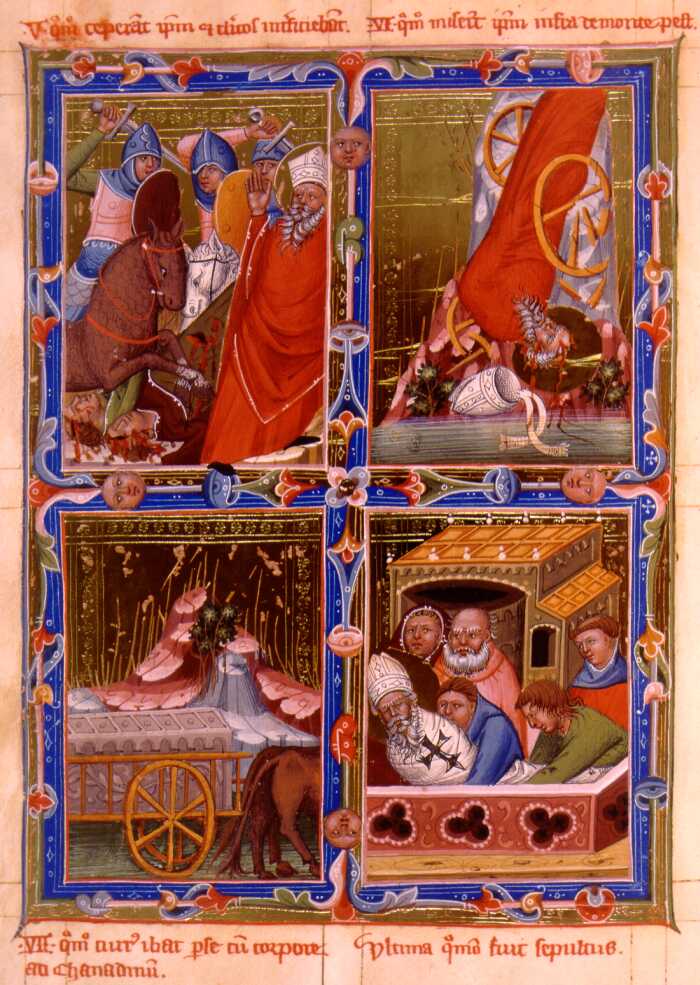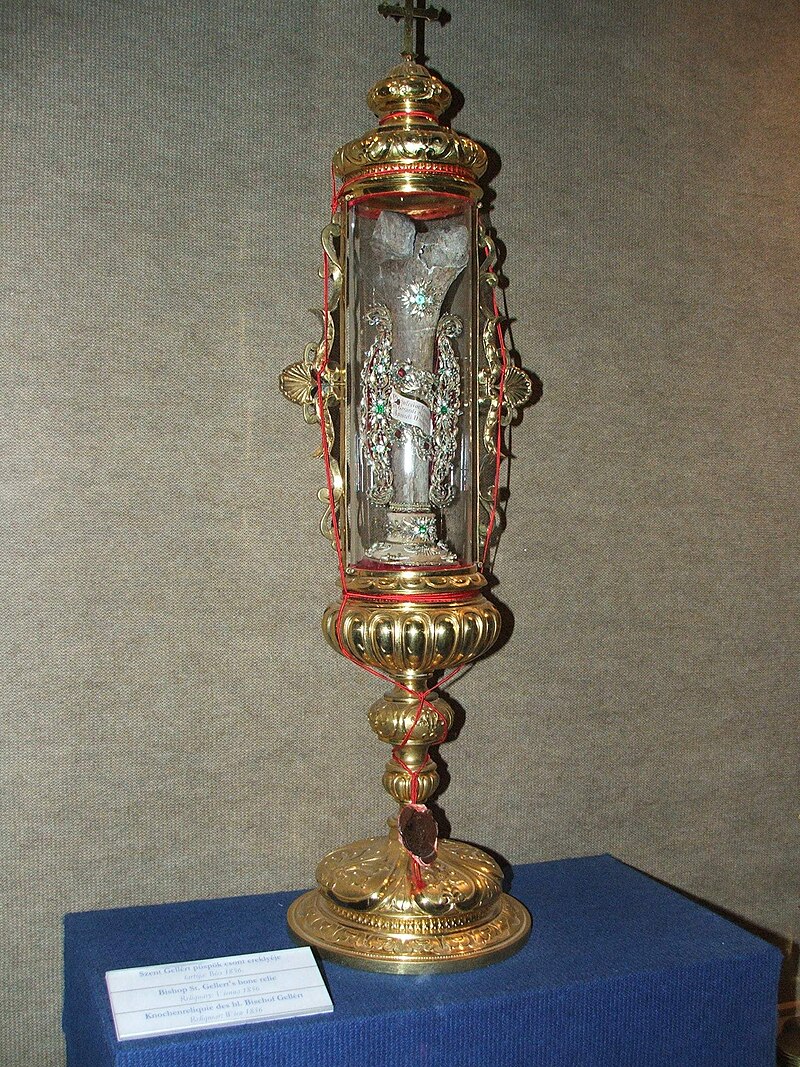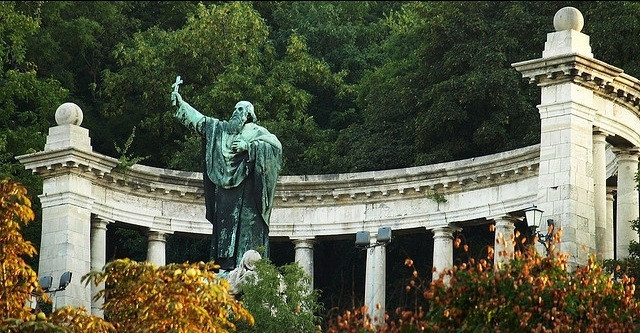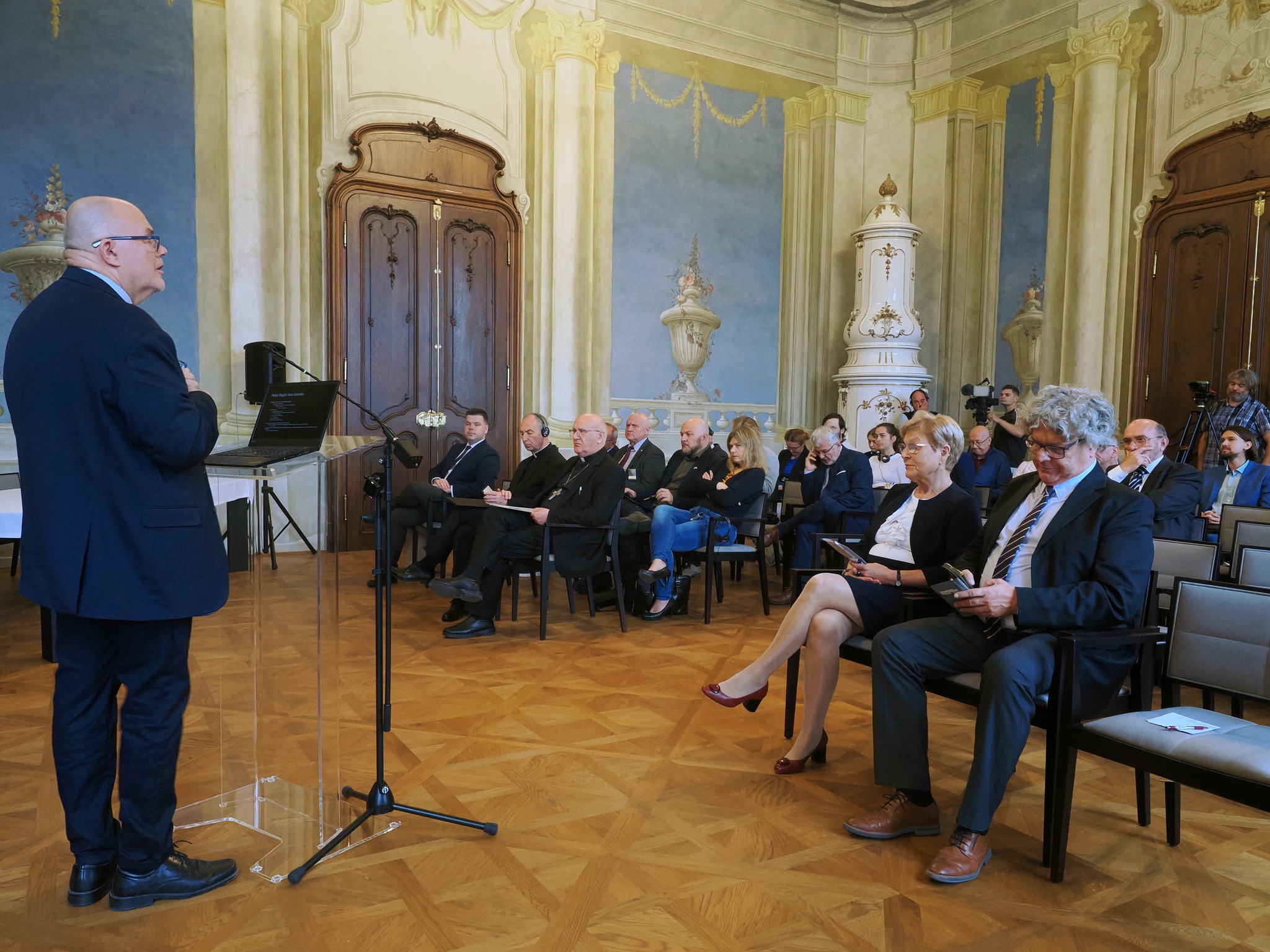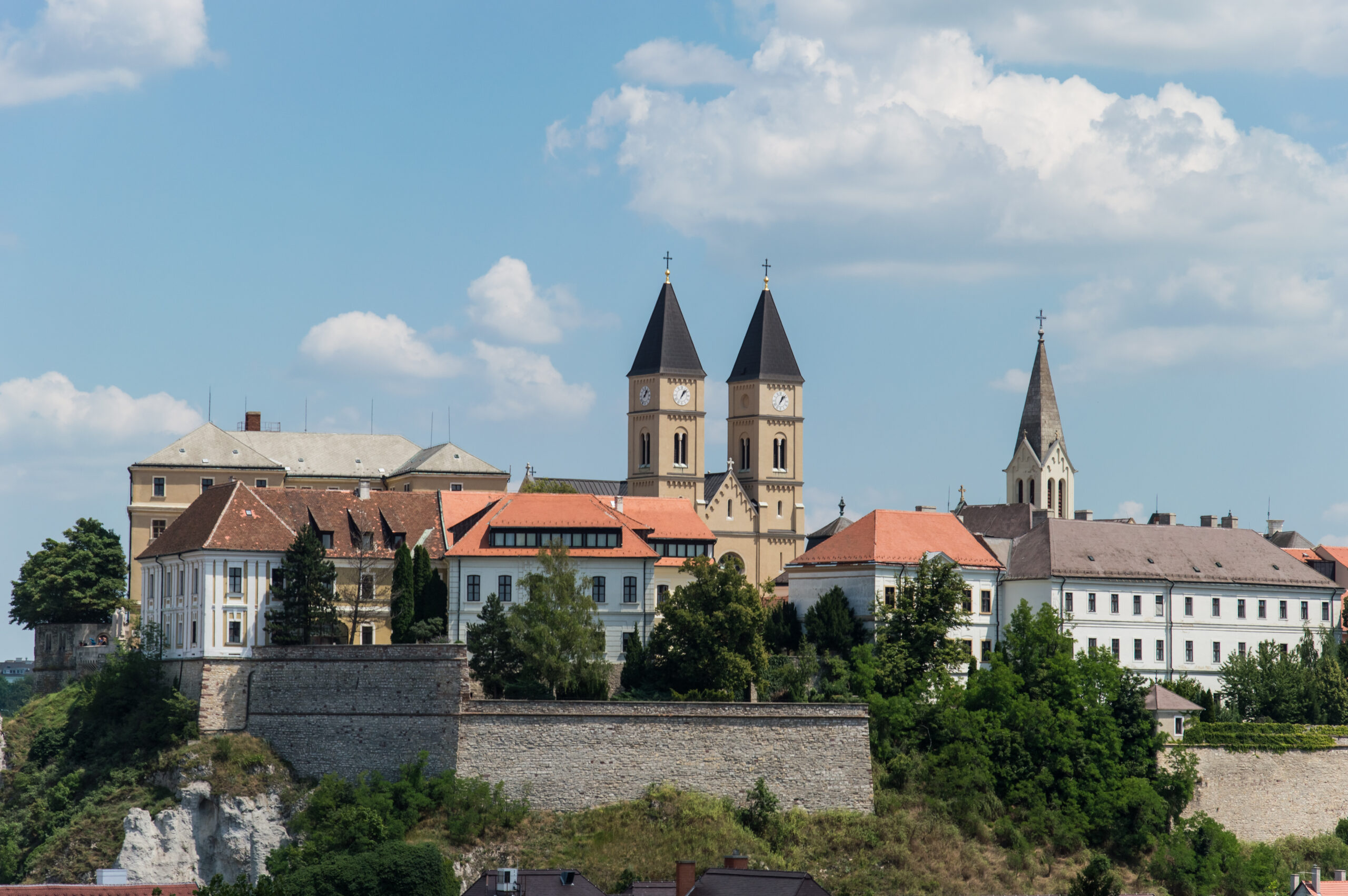Great pagan rebellion in 1046 – Gellért-Hill, Budapest
Fact of the Hungarian figure „St. Stephen and others – First christian saints in Hungarian Kingdom”
Part of the „The patrons and guardians of the land” topic
The rebellion was led by Vata, a powerful lord of Békés Castle and a chieftain in the Körös region. Although Vata had nominally embraced Christianity to retain his power, he reverted to his pagan roots at the first opportunity. His rebellion was likely sparked by King Peter’s aggressive actions, which included attempts to seize Békés Castle and replace Vata with a loyal Christian comes. Vata rallied the discontented pagan masses who opposed Peter’s reliance on Christianity and foreign allies, seeking to restore their traditional beliefs.
According to Hungarian chronicles, Vata dedicated himself to pagan gods and evil spirits, adopting pagan customs such as tying his hair in three braids and promoting the consumption of horse meat—acts that symbolized a rejection of Christian norms. His uprising quickly spread across eastern Hungary, where the rebels demanded that the returning princes, the sons of Vazul, permit them to revert to paganism and eliminate the clergy. The princes, caught in a precarious position, were forced to acquiesce to these demands.
Saint Gerard was brutally murdered at the Pest ferry, on a place now known as Gellért Hill. Gerard, was either stoned and stabbed with a speared or thrown from the cliffs in a two-wheeled cart, symbolizing the fierce opposition to Christianization.
Despite the temporary success of the rebellion, the martyrdom of Gerard and others became a powerful symbol of Christianity’s ultimate triumph in Hungary. The rebellion was eventually quelled, and Christianity continued to spread. Gerard was canonized in 1083, alongside St. Stephen and other early saints.
